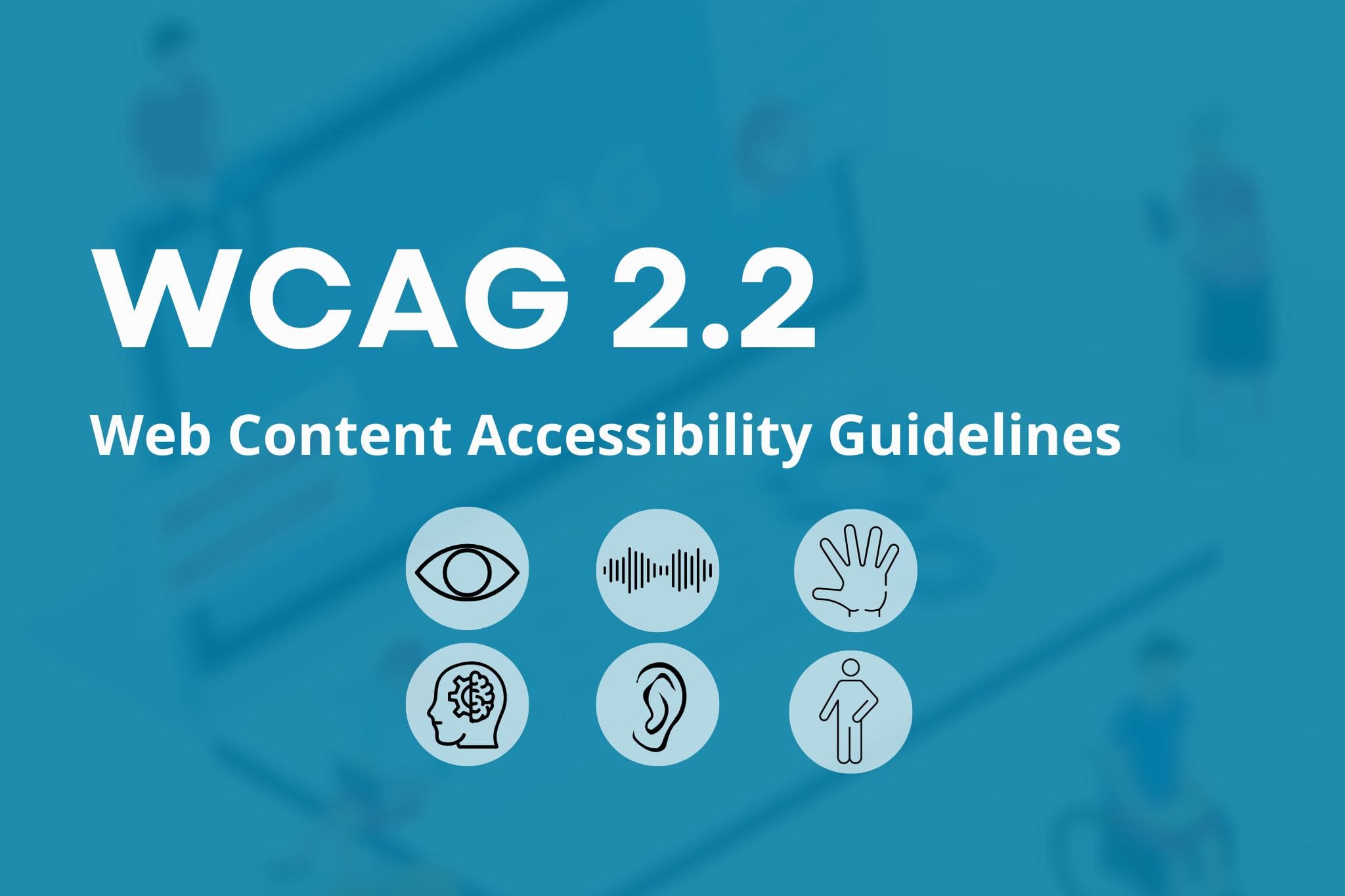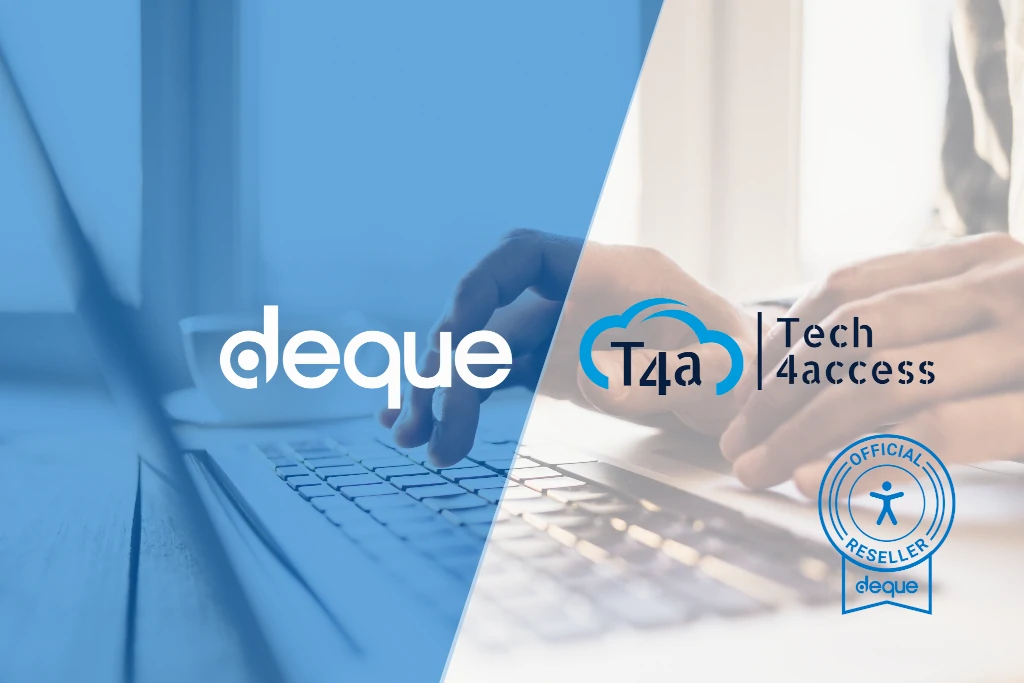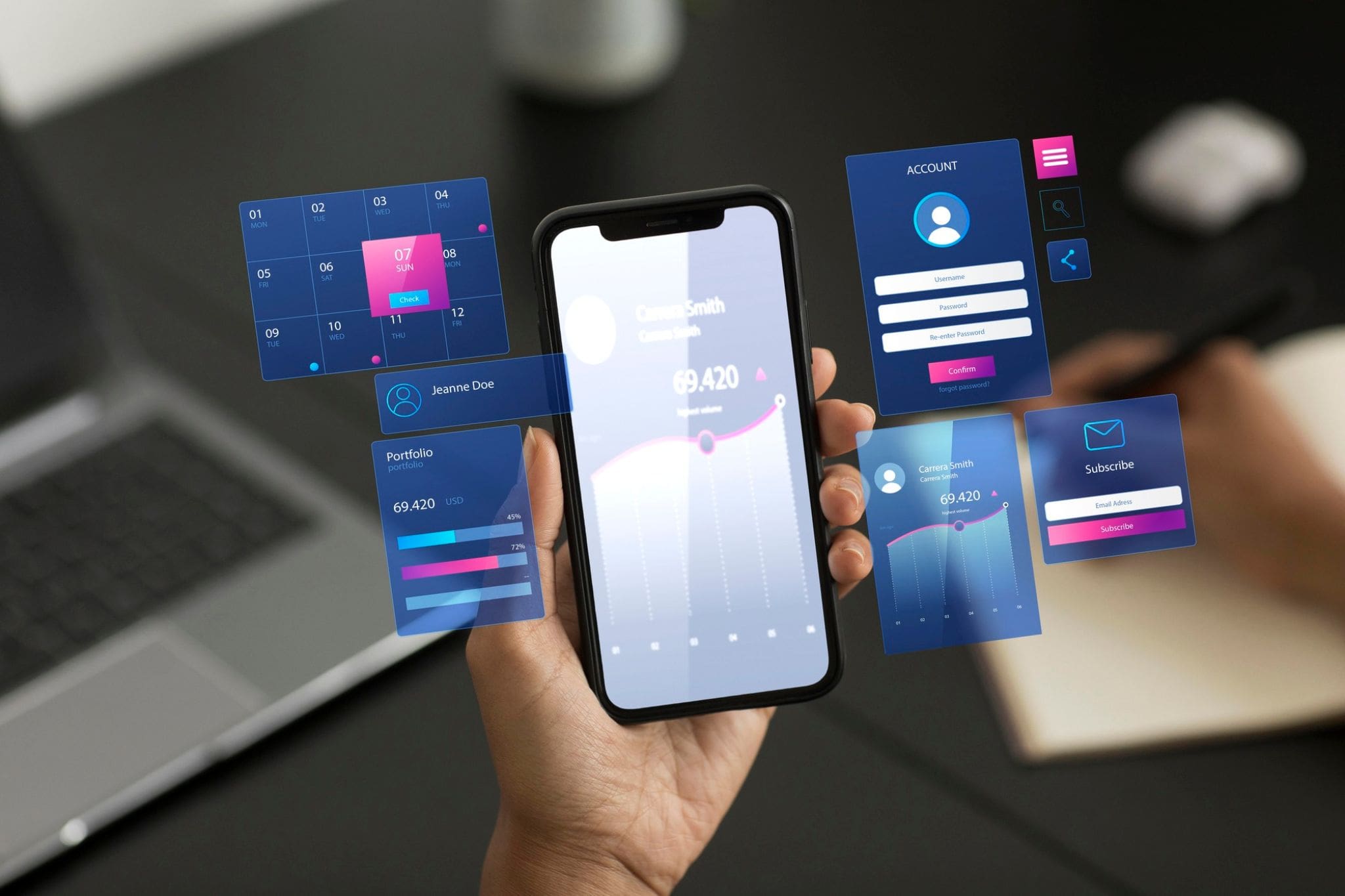WCAG is the globally recognised accessibility standard, and October last year saw a significant change with the release of the new update Web Content Accessibility Guidelines (WCAG 2.2).
For years, these guidelines have been and continue to be a guide for ensuring the accessibility of digital content, and their most recent update promises to set even higher requirements for the creation of inclusive digital content.
The impact of WCAG 2.2
As you know, both the European Union and Spain follow the regulations and guidelines published in the WCAG, taking into account all those requirements under the European accessibility technical standard EN 301 549 under chapter 9 for web content. With the publication of a new version of the WCAG, the EN 301 549 is under review to implement the modifications of the latest version 2.2 of the WCAG.
In addition, WCAG 2.2 is designed to improve access to the web for people with cognitive or learning disabilities, as well as to improve the experience for those with low vision and to make browsing easier on mobile devices.
This update introduces nine new criteria and removes criterion 4.1.1: Level A parsing, as modern assistive tools no longer require direct parsing of HTML, thus eliminating the problems that led to its original inclusion.
In 2024, the new update is transforming web accessibility, marking a turning point in digital design. The impacts of these new criteria are already being widely observed. It is crucial to remember that WC3 has pointed out that meeting the requirements of the new WCAG 2.2 ensures full compliance with the standards set out in WCAG 2.1.
The new requirements of WCAG 2.2
As mentioned, the new update includes nine points to be taken into account, which were reviewed and commented upon until they were approved in the Final Recommendation. The new requirements to be met are divided according to the level of commitment: A (minimum), AA (intermediate) and AAA (enhanced).
A-level requirements:
3.2.6 Consistent support
To make it easier for users to find the assistance they require, this criterion stipulates that help functions on web pages should always be in the same place. This requirement is designed to assist people with cognitive disabilities, who often need to follow a consistent pattern to complete their tasks.
3.3.7 Redundant input
This criterion is designed to make it easier for users to complete complex, multi-step processes. By asking for information several times throughout the process, the need to recall data from previous steps is minimised. This is particularly beneficial for people with cognitive or memory difficulties, making processes more accessible.
AA level requirements
2.4.11 Unobscured focus
In this case, the selected element should always be visible, at least on part of the screen. It is vital for users navigating with the keyboard and those using keyboard-operated devices, such as switches or voice commands, to know where the focus is.
This acts as an essential guide to the point of interaction on the page. If the focused element is not visible, users may have difficulty knowing what to do next or may believe that the system is not responding.
2.4.12 Unobscured focus
This criterion is similar to requirement 2.4.11, but with a stricter focus. The main difference lies in the requirement that the entire focused component must be completely visible, without any obstructed parts.
2.5.7 Trawling movements
The drag and drop movement requires exact movement and this action can be difficult for those with motor difficulties. For this reason, this requirement proposes an alternative way of performing the action, improving its accessibility.
2.5.8 Target size
It is necessary to establish a minimum distance between the interactive elements, so that people with difficulties in fine movements can press small buttons more easily and avoid mistakes during the process.
3.3.8 Accessible authentication
Authentication should now be more accessible and simpler for all users, eliminating the need for cognitive tests such as remembering passwords or solving puzzles. This criterion applies except when the following conditions are met:
- Create another method of authentication that does not rely on a cognitive function test.
- Provide a procedure to assist the user in completing the cognitive function test.
- When the cognitive function test is based on object recognition.
- When the cognitive function test requires the identification of non-textual content provided by the user to the website.
AAA level requirements:
2.4.13 Appearance of focus
Due to the complexity of the appearance of focus, what was initially planned as a level AA criterion has been reconsidered and classified as level AAA.
Furthermore, this requirement works in conjunction with Criteria 2.4.7 and 1.4.11. The latter refers to “Non-textual contrast AA” which consists of the interactive component maintaining an adequate background contrast. While Criterion 2.4.7 evokes the concept of “Visible Focus” which requires that the keyboard focus is visible to the naked eye.
In conclusion, this new requirement 2.4.13 is displayed in a simplified way, aiming for clarity and visibility when the keyboard focus:
- It must be at least the same size as the area of a 2 pixel thick perimeter of the component or subcomponent without the focus.
- It must maintain a contrast ratio of at least 3:1 between pixels in the in-focus and out-of-focus state.
3.3.9 Accessible authentication
This criterion is similar to 3.3.8 on AA level Accessible Authentication, however, it takes a more rigorous approach. In this case, only a different authentication method or assistance is allowed as an alternative to the cognitive function test.
Tech4access and the Integrated digital Accessibility Service, the perfect solution to align with WCAG 2.2
At Tech4access, we have developed the SIA® (Service for Integrated digital Accessibility), which will allow you to comply with web accessibility regulations and ensure that people with disabilities can access the content of your website and mobile applications. Our structured and modular approach covers all the necessary phases to achieve and maintain the digital accessibility of your digital assets.
SIA® ensures compliance through three phases: initial consultancy, continuous improvement and WCAG 2.2 level AA certification with 2 years validity. This service ensures effective implementation and maintenance of accessibility, thus promoting greater digital equality.
In conclusion, the SIA® not only ensures compliance with legal regulations, but also facilitates a more inclusive and accessible web environment for everyone. If you need your website to be accessible and comply with the requirements of the new WCAG 2.2, contact us without obligation.





